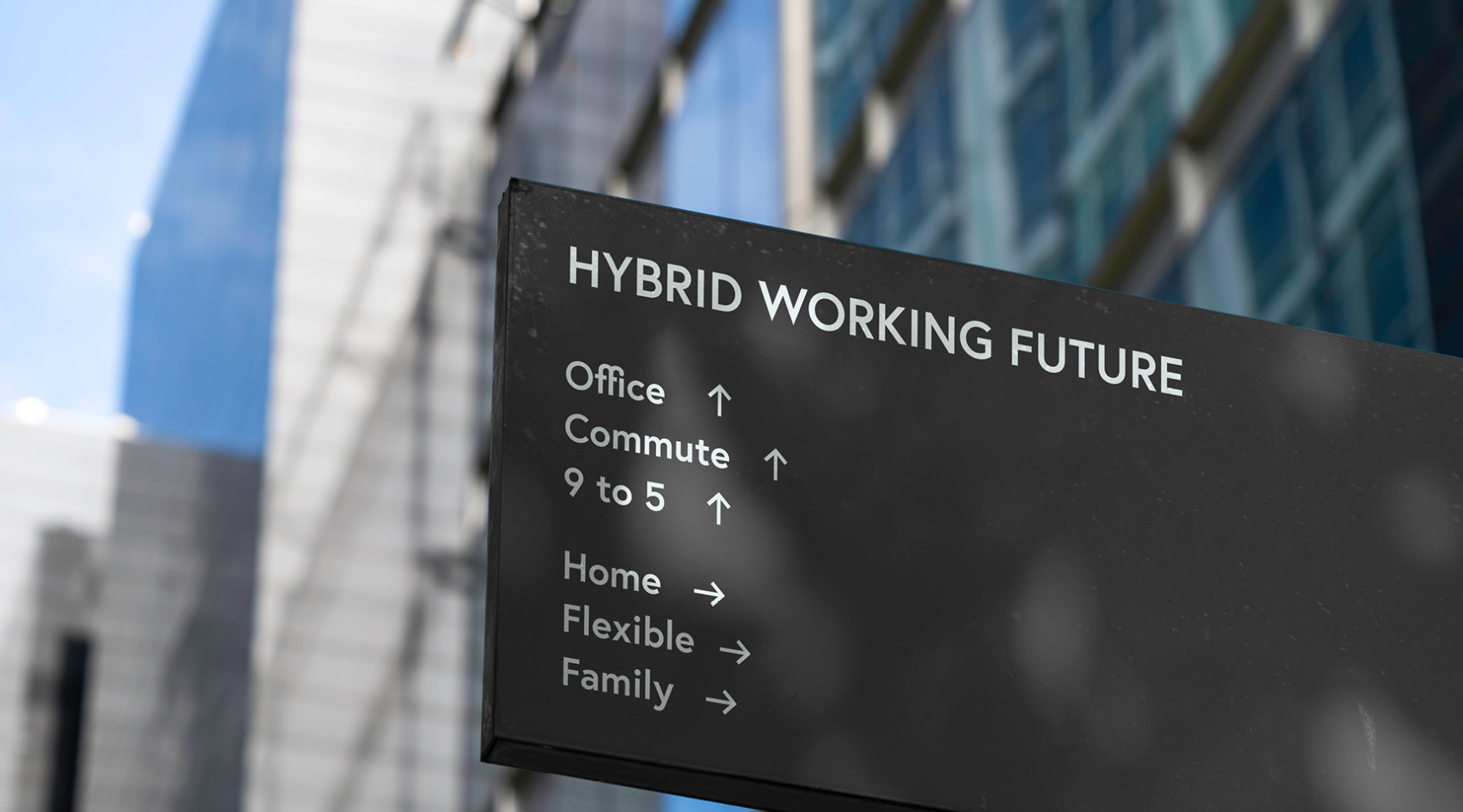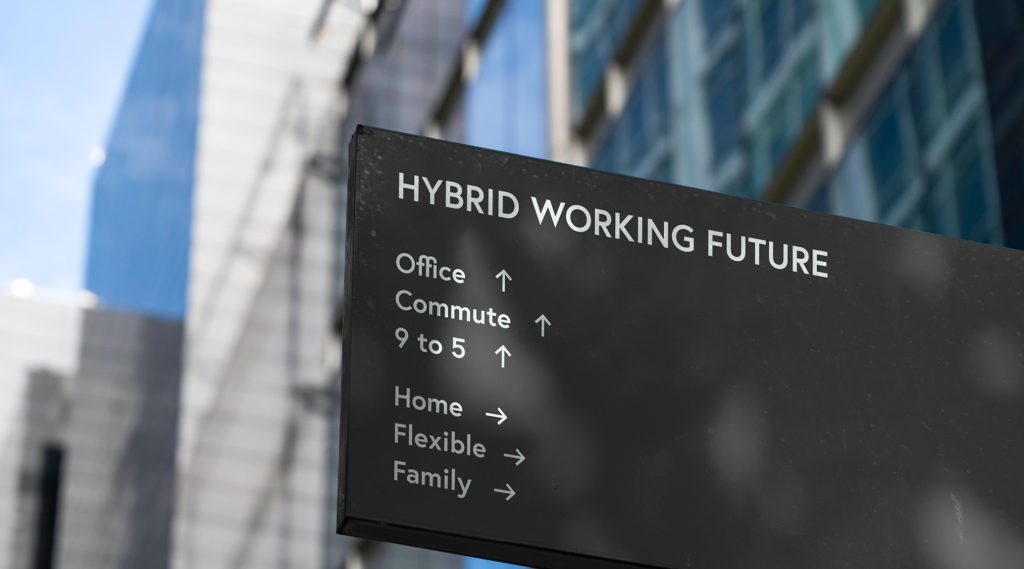Toxic Workplace Cultures and How to Repair Them
A survey by the Australian Institute of Management (AIM) revealed that when employees leave a company for a similar role elsewhere, businesses cite workplace culture as the main culprit. Considering the average cost of replacing an employee is half the average salary – $26, 410 – it pays to make sure your workplace culture is one that makes employees happy.
A toxic culture occurs when the behaviour within a company has a negative impact on the employees and the organisation as a whole. It seeps into every aspect of a company, disrupting processes, breaking down communication, and impacting staff morale. While the term ‘toxic culture’ may evoke images of a bullying boss, or a complaining colleague, it can be far more insidious. Left to fester, this type of workplace culture could be the difference between a business’ success and failure.
Red flags that signal a toxic culture
If you think of a company’s culture as it’s personality, it makes sense that each culture is unique. And just like a positive culture, toxic cultures present themselves in a multitude of ways. Here are the tell-tale signs you’re dealing with a toxic workplace culture:
An atmosphere of apathy
Employees who are engaged will go the extra mile. However, in a toxic workplace, it’s common to hear “that’s not my job” or “that’s not my problem.” When people don’t care about their job, or are consistently passing the buck, this is a major red flag. A negative or bad attitude is contagious – 93% of employees say their productivity goes down when working with negative colleagues.
Clock-watching or excessive overtime
These are two sides of a very bad coin. Any workplace where employees are counting down the minutes until they can finally leave is unhealthy. But this doesn’t mean employees should work overtime. Putting in excessive hours is an indicator of poor management and leads to staff burnout. Employees shouldn’t be fleeing the building as soon as 5pm arrives, but they also don’t need to be tied to their desks and working themselves to exhaustion.
Snail-pace decision-making
In todays’ constantly fluctuating world of work, decisions need to be made quickly and efficiently. When everything – no matter how small – needs to be run by several superiors, or requires permission, it sends a crystal-clear message the employees aren’t trusted. This slows innovation and is a major demotivator for your team.
Fear of failure
28% of people say making a mistake is their main workplace fear. But there’s a huge difference between not wanting to mess up and being paralysed by the fear of failure. This is where psychological safety comes in. This term refers to the level of security employees feel when risk-taking or making mistakes. If a workplace lacks psychological safety, it affects the entire organisation. Google’s Project Aristotle aimed to find out what makes the perfect team. They discovered that having high psychological safety impacts team effectiveness the most – over dependability, structure, and meaning.
Passive-aggressiveness and gossip
Keep an eye out for those people who say one thing to a colleague’s face and badmouth them behind their back. This only leads to escalating issues, which could be solved with a simple, direct conversation. Most people take part in a little office gossip – in fact, a recent survey found 96% of employees do – but it’s important it doesn’t become malicious, or an intrinsic part of the culture. This leads to a breakdown of trust and morale, as well as an increase in emotional strain.
Confusion and dysfunction
Misunderstandings are rife, communication is unclear, and no one seems to understand their role? Toxic culture alert. Poor communication and a lack of cohesion contribute to a confused, dysfunctional workplace. This chaotic environment results in little or no collaboration and fractured working relationships.
Lack of quality shared experiences
When co-workers aren’t interacting with one another or enjoying each other’s company, it’s never a good sign. We human beings are social animals and we spend so much time at work, it’s important to develop relationships with colleagues. No birthday celebrations? No recognition for good work? Not even shared lunch breaks? This can only mean one thing – the culture needs an overhaul.
Turning around a toxic culture
Once you’ve diagnosed your specific brand of toxic culture, it’s time to treat it. Taking these steps will set you on the path towards a healthier, more positive workplace:
Practice transparency and allow employees to lead
Provide employees with a clear vision of the company’s results and goals to ensure they feel part of the bigger picture, not just a cog in the wheel. Similarly, providing opportunities such as the responsibility over a new project gives employees a sense of purpose. Hold regular meetings to keep teams up to date with what’s going on, as well as what is expected from them. This will encourage collaboration and a more engaged, communicative workforce. Moreover, putting trust in your employees means processes can progress efficiently and decisions can be made quickly. This open communication provides a safe space for individuals to express concerns or discuss new ideas, without the fear of being shot down or reprimanded.
Lead by example
When employees see their manager staying late, there’s pressure to do the same. Workloads and deadlines should always be realistic to avoid overworking and eventual burnout. Similarly, it makes zero sense for people to be sitting at their desks pretending to work till the clock strikes 5. The best managers implement common sense in their leadership style. When all the tasks for the day are complete, why not leave a little early? Employees will follow your lead and it will contribute to a healthy work-life balance.
Foster emotional intelligence
A BCG study found that good relationships with colleagues and superiors are among the top 5 factors for job satisfaction. Create an online portal with emotional intelligence resources and offer training in this area. If certain employees are being passive aggressive, or contributing to malicious gossip, take them aside and speak to them directly. If it continues, get rid of those employees – even if they are high performers. This demonstrates that employee wellbeing is valued, and bad behaviour will not be tolerated.
Reward and celebrate
The same BCG study revealed that appreciation for work is the most important factor for job satisfaction. Recognise a job well done by giving credit in meetings. Sharing successes as a team builds a supportive workplace and encourages positivity amongst co-workers. Plus, when you recognise good work, it’s more likely to continue. Celebrate your employees. Something as simple as buying a gift for an employee’s birthday shows they are appreciated and a valued member of the team.
Workplace culture isn’t a fad or a buzzword; it’s a key element in an organisation’s success. When you put your employees first and develop the culture around them, you can create a positive, collaborative, and communicative environment.











